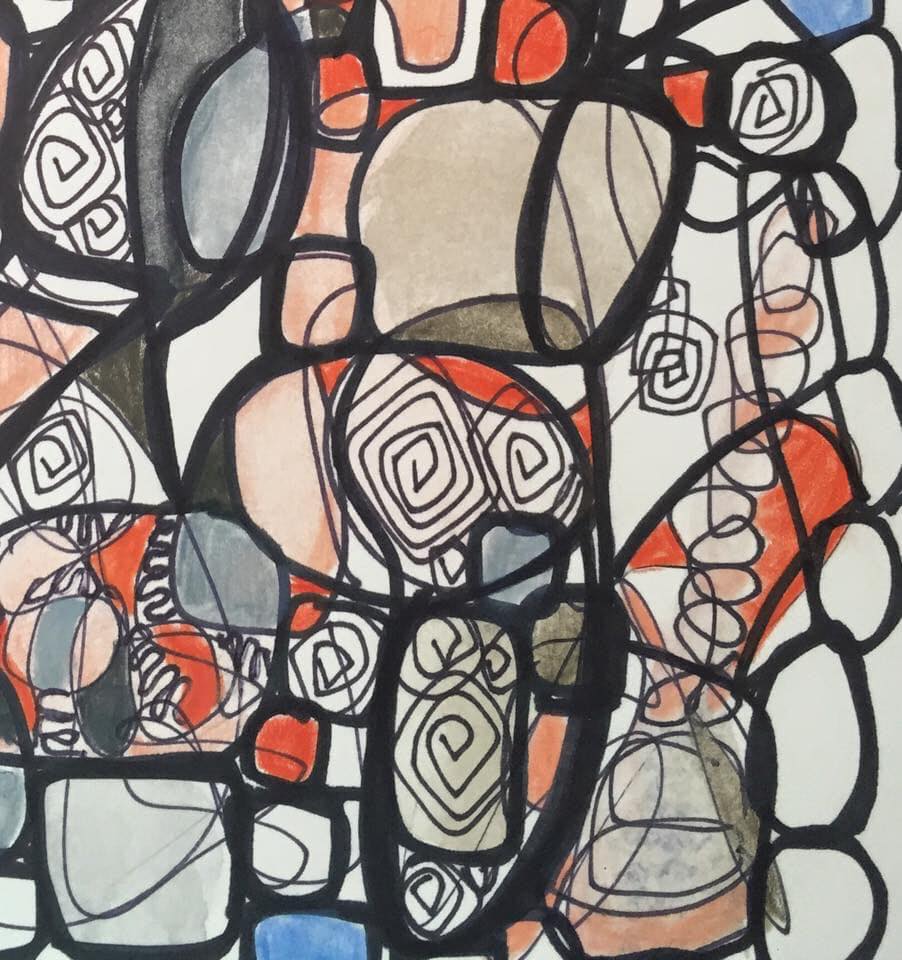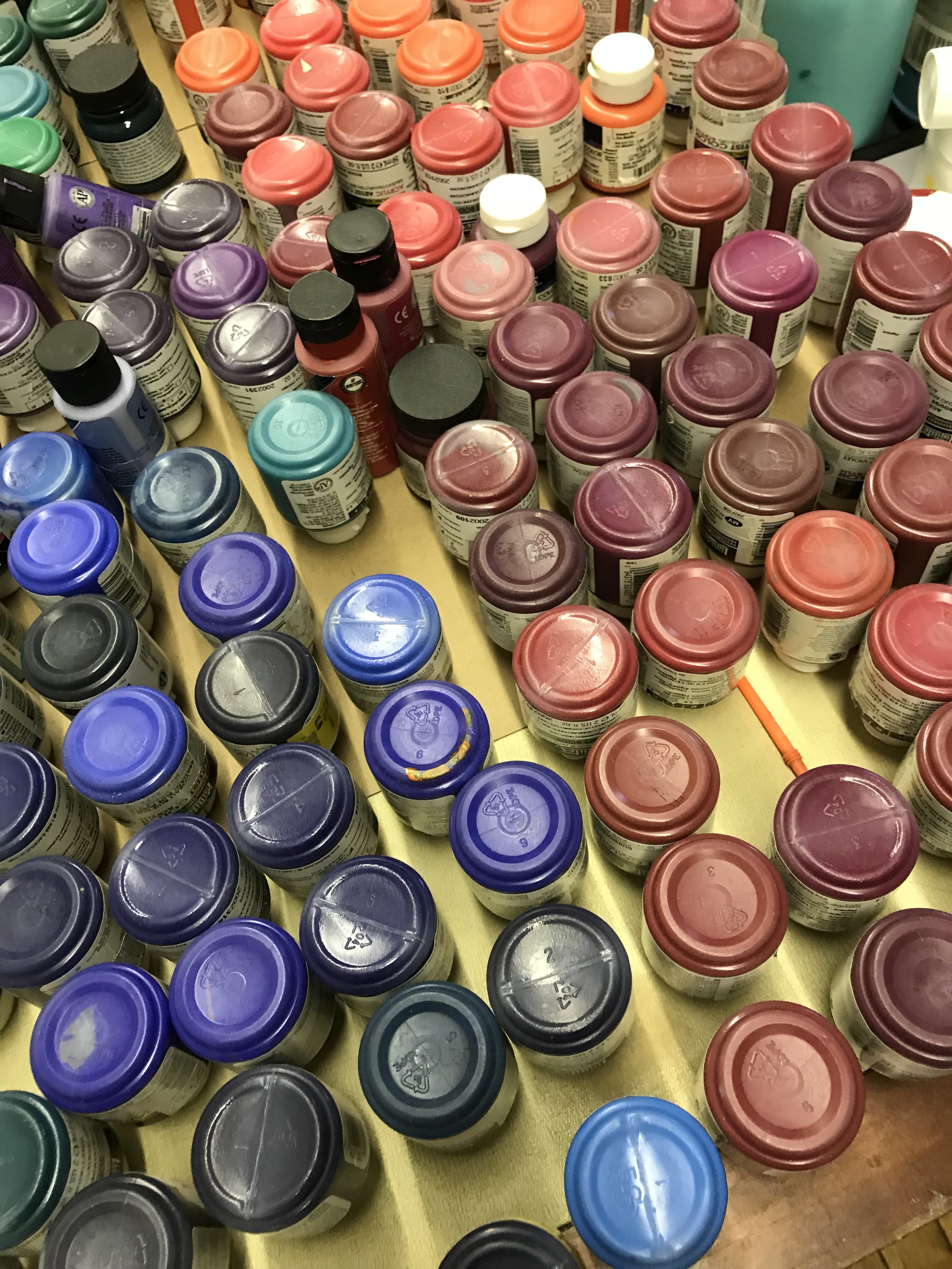C. Dianne Zweig Announces New Contemporary Art Studio in Simsmore Square, Simsbury, CT
I’ve been busy unpacking and settling into my new Art studio at 542 1/2 Hopmeadow St. in Simsbury CT. My charming cottage style building in this quiet mixed use village style setting adjacent to open land is delightful. The building, formerly a Children’s boutique may look traditional on the outside, but inside, I am introducing the Mid-century vibe that inspires my artwork. On a side note, someday I hope to be able to have a cottage just like this in a beach setting, but in the meantime, Simsbury is a lovely town to have a studio!.
Where to find me:
For awhile I am concentrating on using the space as a work studio and will not offer retail hours. Two days a week beginning in the Fall, I teach at the West Hartford Art League. My work is represented by the PS Gallery in Litchfield. CT or you can you can email me at Dianne@cdiannezweig.com for more information.




















